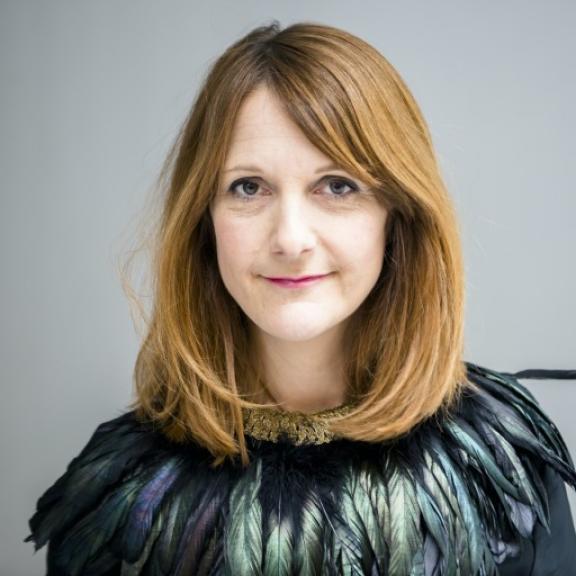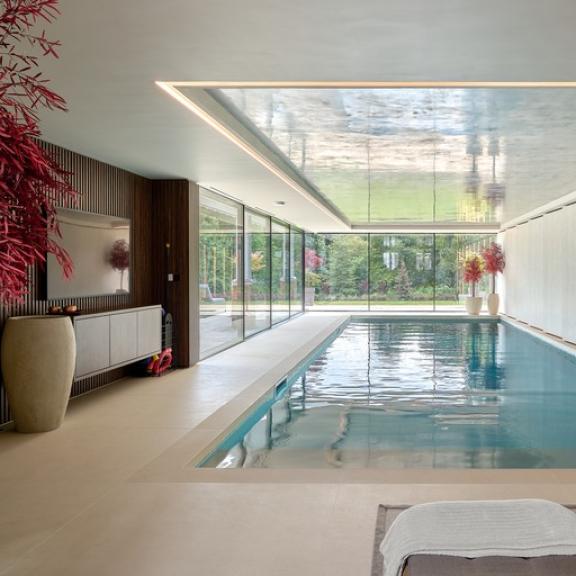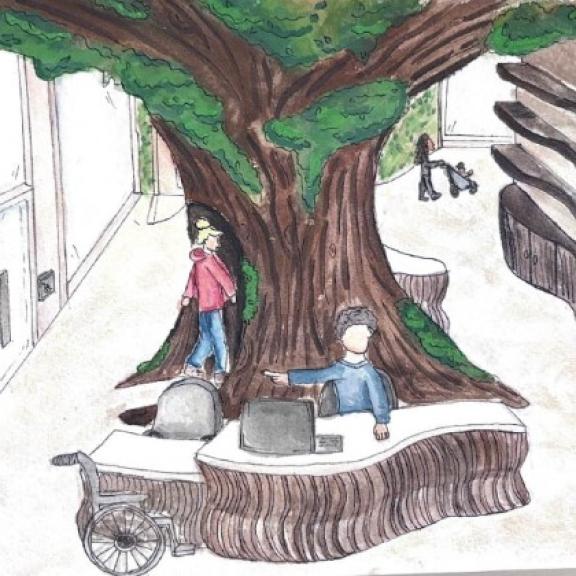The BIID Book Club Explores Victoria Finlay's 'Colour' and 'Fabric'
BIID Associate member Amanda Ransom recaps the Colour and Fabric webinar
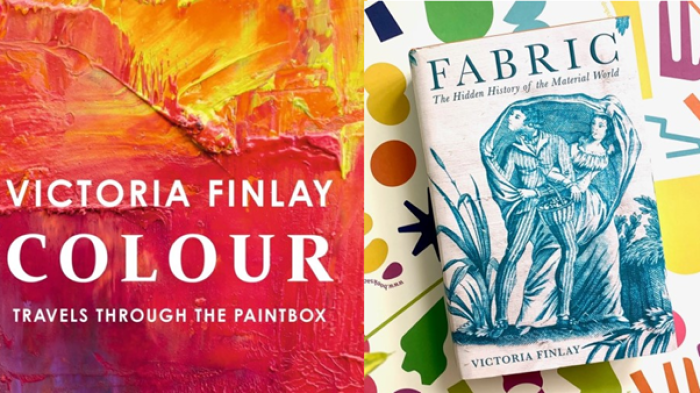
There are many interesting and varied ways of acquiring CPD with the BIID, including the BIID Book Club, an ongoing online series introducing interior designers to interesting and relevant subject matter with industry expert authors. Recently, BIID member Amanda Ransom hosted an evening webinar in-conversation with author Victoria Finlay talking about her writings on colour and fabric. Members can access this on demand, among other exciting and informative recordings. Amanda reflects below on why this is a must-watch session which you can purchase to watch on-demand by emailing Hayley.mclennan@biid.org.uk (Members £15 + VAT, Non-Member £21 + VAT).

Amanda: The BIID Book Club recently hosted Victoria Finlay to discuss two of her remarkable books Colour: Travels through the Paintbox, and Fabric: The Hidden History of the Material World. I was so pleased to be able to interview her about these works. As a child, Victoria was fascinated by the origin of vibrant blue glass in Chartres Cathedral and Colour realised that long held curiosity. A degree in social anthropology and prior career as a journalist gives Victoria a unique approach to her subject. As well as investigating the history of colour and the production of the raw and final material for fabric, she considers their meaning to mankind, unearthing extraordinary stories along the way.
For many centuries until the invention of aniline dyes in the mid 19th century, colour was derived from only natural materials which often faded or were weakly pigmented. Victoria opens the paintbox at ochre, the earliest pigment - from earth, and its cultural and spiritual implications to Aboriginal Australians. They have the longest continuous painting history and their art experienced a 20th century resurgence as they re-engaged with ochre. She travels to South America to find the cochineal beetle whose bodies were crushed to create vibrant red pigment, but whose existence was kept a secret for two centuries by the Spanish to monopolise supply. Victoria views ancient dingy green celadon vases in China, highly prized by the emperors. For those men surrounded by immense wealth, celadon satisfied a yearning for something earthy, harmonious and real. The miles continue to stack up as Victoria ventures to mines in Afghanistan, one of the only sources of the lapis lazuli producing ultramarine, the most expensive painterly pigment. Its torturous journey to Western Europe explains why it was reserved for the highest status subjects in art, such as the Virgin Mary. The best white pigment produced by burning poisonous black lead eventually oxidises back to black, so despite suggesting purity to Western minds, white therefore has a black heart. There are many other similar paradoxes in these stories and colour is also not just about brightness but also about non-colours such as black and brown that create shadow and outline, something interior designers can use to wonderful effect.
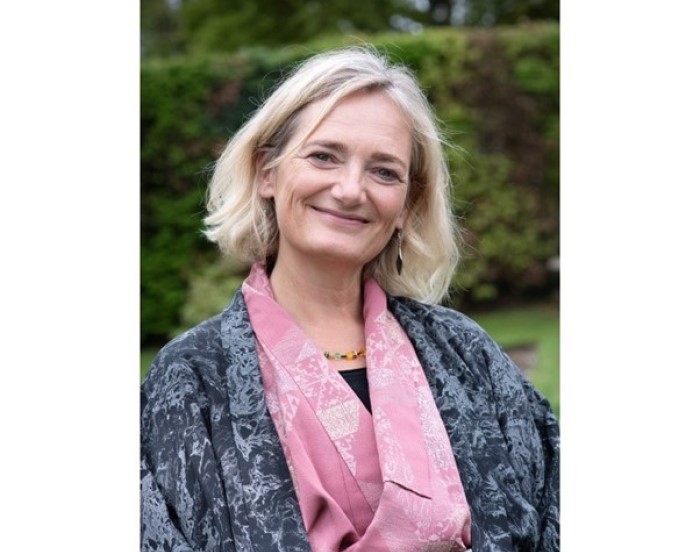
In Fabric, Victoria describes how demand for increasing quantities of cheap fabric led to a decoupling from craft-led production and some of the cruelties of the processes that continue to this day. Slavery, deception to obtain industrial secrets, and chemical manipulation has both benefitted and devastated many lives. Carl Friedrich Engel’s 1842 The Conditions of the Working Classes in England was about conditions for Salford cotton workers and led to his tie up with Karl Marx and the development of Communism. Other changes in the fabric industry have also caused massive geopolitical upheavals. In 1849, the French, who dominated silk production, noticed little black pepper-like dots on their silkworms, meaning that they couldn’t use them to weave silk. Japan had recently opened up to European trade after a century and had clean worms and the French had some of the best military equipment and military strategists in the world which the Japanese wanted. In 1864 France sent both silk experts and military specialists and within 4 years, they had their silkworms. Meanwhile, the Japanese had built up their military which led to a new desire for geopolitical expansion and ultimately their involvement in the First and Second World Wars. Yet for all this, there is also beauty in the production of fabrics such as linen - the raw material flax is pulled, gathered and dried on riverbeds to catch the dew or soaked to soften it and then combed.
As interior designers, the more we understand how clients engage with colour and fabric, as well as their scientific, cultural, historical, religious and even political connotations, the better we can make decisions. We have seemingly endless colour and fabric choices, and Victoria advocates for curating those choices, understanding their origins and the impact the raw materials and production processes have on our world.
The BIID thanks Amanda, and the other volunteers who run CPD events, for their time and contributions. Hosting events is one of the many ways you can accrue CPD with the BIID.
The BIID offers many exciting opportunities to develop professional practice with CPD hours.
Recording your CPD regularly throughout the year alleviates the stress of compiling your annual report in one sitting. To help our members in achieving this, we have set out the following handy hints
- Upon registering for a CPD activity, add it to your diary. TOP TIP: Make a note on whether the activity is structured or unstructured and the length (in minutes and hours) of the activity. Colour coding your diary will help you find important information quickly.
- Set reminders to add your completed CPD training to your tracker, this could be weekly, monthly, or quarterly. Or, add it to your tracker as soon as you complete!
- Check your tracker to see how many hours you have remaining to complete for the year. If you’ve outstanding hours, book more CPDs in to make sure you reach the minimum by the cycle submission date. Remember: CPD can be sourced from external organisations and can be of any length.
- Consider joining up with other interior designers and booking CPDs together, or dedicate time to CPD training for your team
- The annual CPD Requirement for BIID Registered Interior Designers is 10 hours of structured and 10 hours of unstructured learning, and the CPD Cycle date is 1st April to 31st March. Members have until the last Friday of April to submit their CPD Reports.
For more information on the requirement, and exemptions, please visit our Continuing Professional Development and the BIID webpage
To see upcoming tours, and more, please visit the events list here.
Explore new resources from the BIID. Seeing a padlock? Just login or become a member to view.
View the highlights from our 60th anniversary party
We asked Anna Burles: What makes the perfect software?
Discover the smart home technology awards with Platinum Partner, CEDIA
Explore the latest, member-exclusive, templates designed to make your life easier.
University of Gloucestershire wins the BIID Student Design Challenge 2025.


